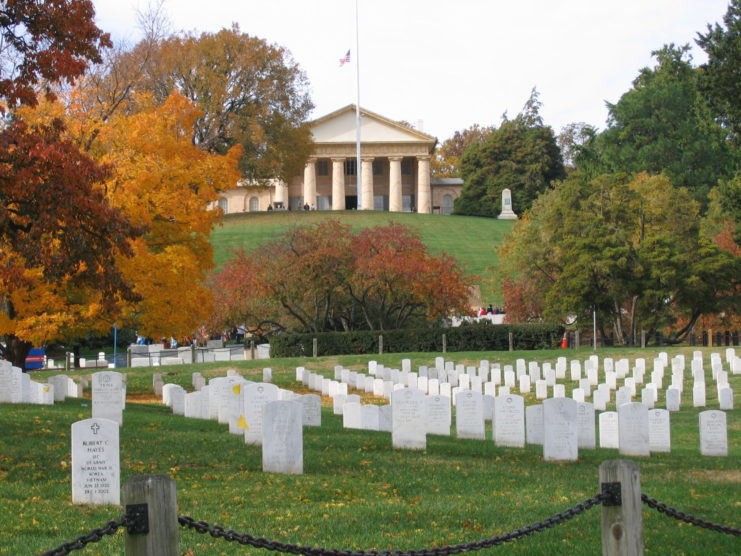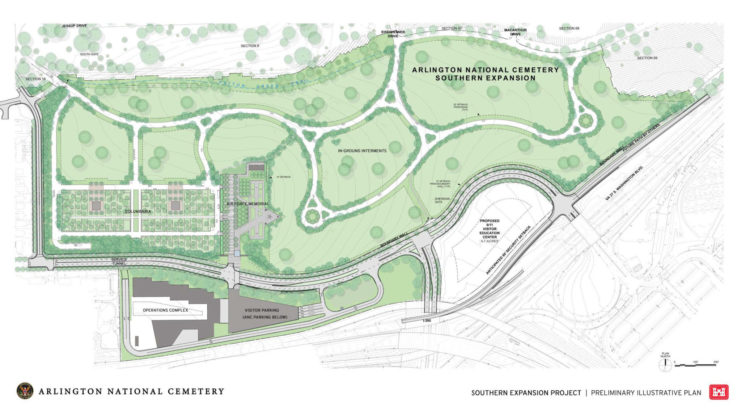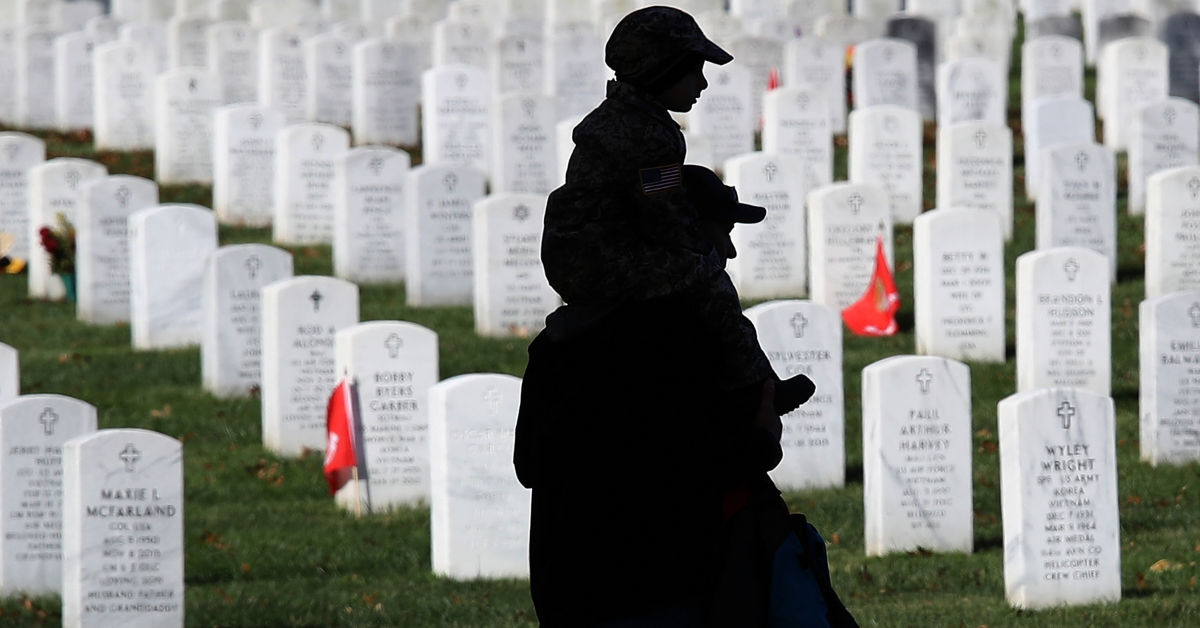Military officials will reveal their plans to address the burial eligibility situation at Arlington National Cemetery later this year. This is after facing a strong public reaction on the proposed rules, which could have limited new burials to particular heroes and notable military figures, and those who lost their lives in combat. The rules were drafted to solve the cemetery’s rapidly decreasing space for new burials.
Arlington Cemetery will announce the new rules this year
Karen Durham-Aguilera, the director of Army National Military Cemeteries and Arlington National Cemetery has stated that the newest rules will be revealed before the end of the year, but didn’t specify if the changes would compound the burial limitation plans or loosen them.

The original 2019 proposal was to limit burials to war heroes, recipients of the Silver Star or above who also served in combat, recipients of the Purple Heart, former prisoners of war, presidents and vice presidents of the U.S., those killed in battle, and those who served in combat and then made significant contributions to the nation in politics, security and public service.
For veterans who do not fit this requirement, cremated remains would be accepted into above-ground structures.
The 639-acre site was constructed in 1864 to bury the large numbers of soldiers who lost their lives in the American Civil War. The cemetery is on the grounds of Arlington House, an estate once lived in by Mary Anna Custis Lee, George Washington’s step-great-granddaughter.
Since then, Arlington National Cemetery has continued to be the final resting place of the U.S.’s dead from its conflicts, and has become one of the nation’s most sacred grounds with over 3 million visitors a year.
It is therefore understandable that the Army received significant backlash at its suggested changes to burial eligibility, with about 2,000 submissions received from groups and the public commenting on the idea.
Many people in or linked to the military opposed the plans, with some commenting that the move risks supporting the idea that some roles and experiences in the military are more valued than others. It could also disturb families’ current plans to bury loved ones.
Issues of space forced the decision
Despite this, it is an undeniable fact that Arlington National Cemetery is running out of room. The suggestions bolster the cemetery’s plan to increase the physical size of the burial site. This expansion will add another 80,000 spaces but is limited by the Potomac River and local suburbs, and it needs another $140 million to be completed on time.

The custodians of the cemetery are aware the expansion alone is not enough, with Durham-Aguilera commenting, “Without changes to eligibility, Arlington National Cemetery will run out of space for new burials in the early 2040s or the mid-2060s with the construction of the Southern Expansion Project, even for those service members who are killed in action or are recipients of the Medal of Honor.”
More from us: Remains Of Pearl Harbor Sailor From USS Oklahoma Identified
When it comes to such a hallowed and emotional location, those in charge of Arlington National Cemetery have a tough job. “It’s really an impossible problem for us. The eligible population is more than 22 million…currently today, we have less than 85,000 spaces,” says Durham-Aguilera.
“We continue to explore all viable options to ensure Arlington National Cemetery continues to honor our nation’s heroes for generations to come,” she said.
If the controversial rule changes do go into effect, it is expected that the cemetery would be able to continue to accept new burials for another 150 years.
